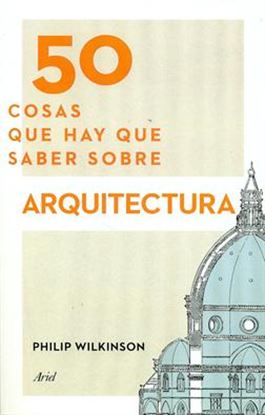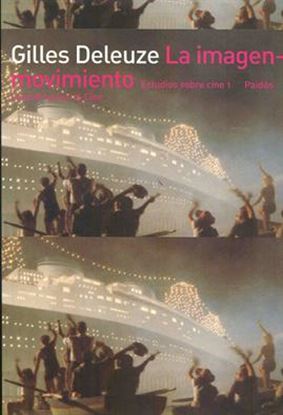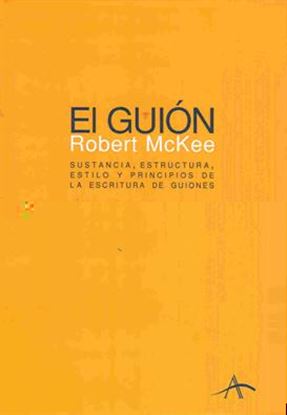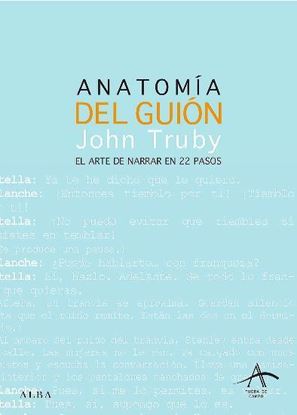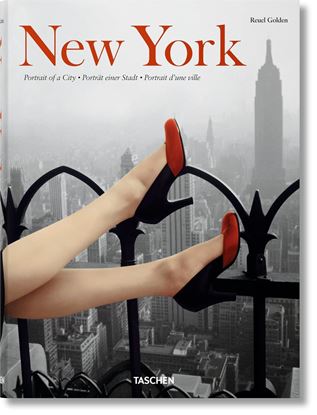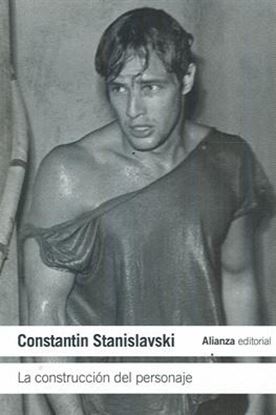

50 COSAS QUE HAY QUE SOBRE ARQUITECTURA
¿Cuál es la diferencia entre una columna dórica y una jónica? ¿Cuál es la función de un arbotante? ¿Cuáles son los principios rectores de la arquitectura moderna? ¿En qué se diferencia la restauración de la conservación?
Desde las raíces más tempranas de la arquitectura en la Grecia antigua, pasando por el desarrollo revolucionario de finales del siglo XX, hasta las tendencias más recientes de la arquitectura ecológica, esta guía esencial explica los conceptos e ideas fundamentales sobre arquitectura y brinda una nueva y fundada comprensión de la disciplina y su profundo impacto en el mundo en que vivimos.
1,250
1,000
LA IMAGEN-MOVIMIENTO
El presente libro, que junto con su complementario La imagen-tiempo se convirtió automáticamente en un clásico cuando apareció allá en 1982, no pretende ser una historia del cine, y sin embargo acaba revolucionando el concepto mismo de historiografía cinematográfica. Tampoco se plantea explícitamente como una reconsideración de la teoría fílmica, y no obstante constituye una de las aportaciones mayores de las últimas décadas al respecto. Su intención es definir lo que Deleuze llama la "imagen-movimiento", que se podría identificar con el cine clásico pero también con un conjunto de directores que establecieron una determinada tipología conceptual e iconográfica. Los grandes autores del cine inventan y componen, cada uno a su manera, imágenes y signos que los hacen comparables no sólo con pintores, arquitectos y músicos, sino también con pensadores.
1,750
1,400
EL GUION. STORY
Ilustrado con muestras de guiones clásicos (Casablanca, Chinatown, etc.), McKee analiza cómo está construida cada escena para que funcione y, lo que es más importante, por qué funciona. Por su profunda comprensión de los mecanismos que mueven las historias y su original método de enfocar la redacción de guiones, El Guión constituye una herramienta imprescindible para todo aquel que quiera llevar una idea a la pantalla.
1,100
880
ANATOMIA DEL GUION. EL ARTE DE NARRAR EN
Basado en las clases magistrales de John Truby, Anatomía del guión aborda conceptos y arquetipos extraídos de la filosofía y la mitología para transformarlos en una técnica actualizada para la redacción de guiones cinematográficos de gran profundidad narrativa.
El método de Truby es tan brillante como práctico. Su desarrollo se fundamenta en el crecimiento emocional y moral de sus protagonistas, y ofrece a lectores —profesionales y aficionados— multitud de herramientas y técnicas específicas para lograr que los personajes cobren sentido y el público conecte con ellos; ofrece además recursos para construir tramas sorprendentes, siempre con el sello personal del propio autor. Los 22 pasos para la composición de un guión que propone Truby se pueden aplicar a todo tipo de escritos, desde novelas y cuentos, a artículos periodísticos, memorias y ensayos. Son, sin embargo, en el guión donde han probado su mayor eficacia.
1,995
1,596
NEW YORK, PORTRAIT OF A CITY
This book presents the epic story of New York on nearly 600 pages of emotional, atmospheric photographs, from the mid-19th century to the present day. Supplementing this treasure trove of images are over a hundred quotations and references from relevant books, movies, shows, and songs. The city’s fluctuating fortunes are all represented, from the wild nights of the Jazz Age and the hedonistic disco era, to the grim days of the Depression and the devastation of 9/11 and its aftermath, as its brokenhearted but unbowed citizens picked up the pieces.
New York’s remarkable rise, reinvention, and growth are not just the tale of a city, but the story of a nation, From the building of the Brooklyn Bridge to the immigrants arriving at Ellis Island; from the slums of the Lower East Side to the magnificent art deco skyscrapers. The urban beach of Coney Island and the sleaze of Times Square; the vistas of Central Park and the crowds on Fifth Avenue. The streets, the sidewalks, the chaos, the energy, the ethnic diversity, the culture, the fashion, the architecture, the anger, and the complexity of the city are all laid out in this beautiful book. This is the greatest city in the world after all and great are its extremes, contradictions, and attitude.
4,995
3,996
LA CONSTRUCCION DEL PERSONAJE
Fundador en 1897 del Teatro del Arte de Moscú, la figura de Constantin Stanislavski (1863-1937) ocupa un puesto destacado en la reformulación de la labor interpretativa planteada a principios del siglo XX a causa de su empeño en desarrollar una concepción teatral basada en la adecuada ambientación de cada obra y en la preparación psicotécnica del actor. La construcción del personaje, su último libro, fue publicado postumamente, y el tratamiento de los temas que en él se abordan -la caracterización física de los autores, el vestuario, la expresión corporal, la plasticidad del movimiento, la contención y el control, la dicción y el canto, la acentuación y la expresividad, el ritmo en el movimiento y el lenguaje, la ética teatral, etc.- da fe de la riqueza de experiencias, el talento didáctico y el sentido dramático del gran actor y director de escena.
1,150
920


